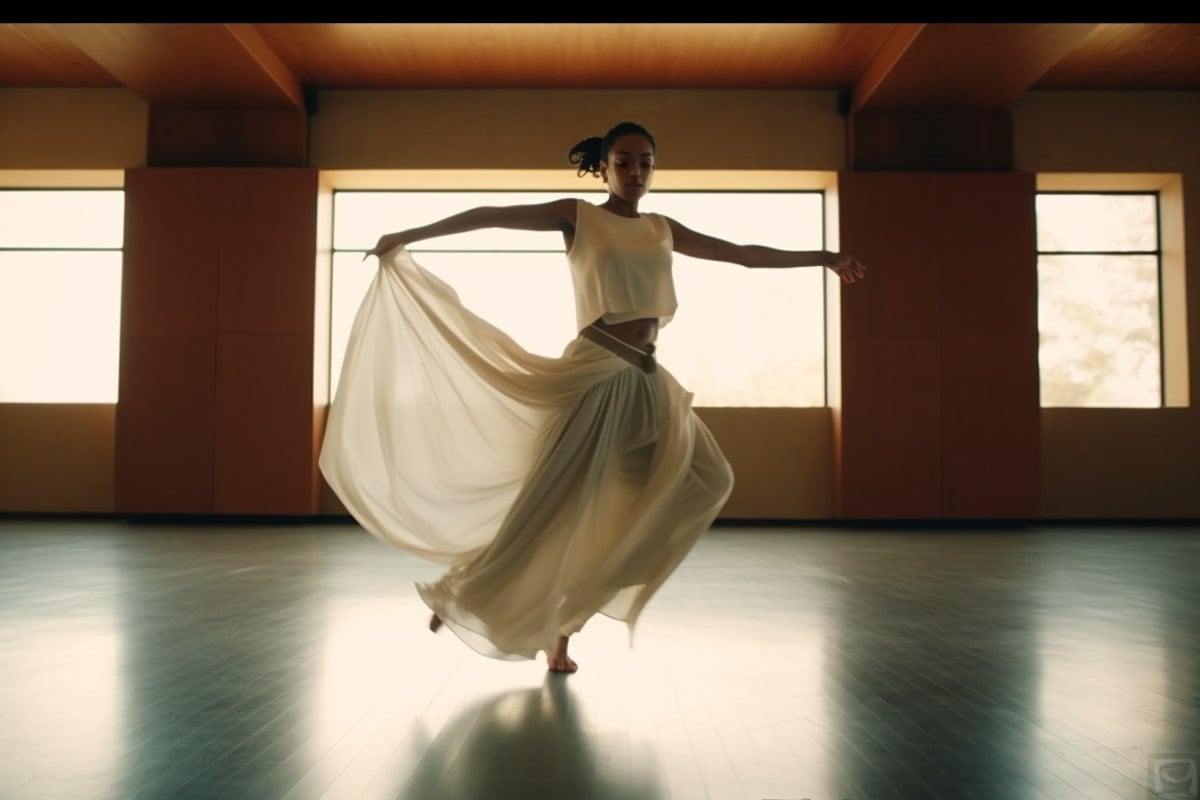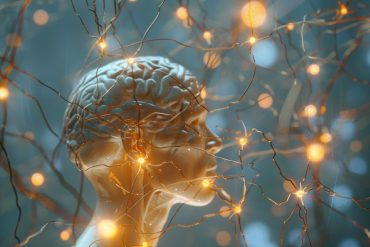Summary: Researchers developed a video library showcasing a range of emotional expressions through full-body dance movements.
The library contains 150 clips, each portraying a professional dancer emoting joy, anger, fear, sadness, or a neutral state through different sequences of movements. Participants successfully recognized the intended emotions in most clips.
The findings reveal how people react to emotional expression, often finding movements associated with joy or anger as the most beautiful.
Key Facts:
- The research team purposely omitted typical emotional actions like “jumping for joy” or “recoiling in fear” to maintain the complexity of dance movements.
- The study utilized an interdisciplinary team, involving scientists from various research institutions, a filmmaking team, and representatives from Pfalztheater Kaiserslautern.
- The created video library can serve as a valuable resource for various disciplines including emotional psychology, affective neuroscience, empirical aesthetics, and dance research.
Source: Max Planck Institute
People express their emotions through different channels: the face, the voice, and the body. Yet, research on emotion perception still largely focuses on recognizing emotions in the face.
An interdisciplinary research team led by the Max Planck Institute for Empirical Aesthetics in Frankfurt am Main (MPIEA) has now published a video library of emotionally expressive full-body movements.
The associated study has just been published in the journal Scientific Reports.
The library contains a total of 150 video clips. A professional dancer performed 30 sequences of movements, each of them five times, expressing a different emotion at every repetition: joy, anger, fear, sadness, and a neutral state.

The research team deliberately refrained from including emotional actions such as jumping for joy or recoiling in fear. The videos are each six seconds long and show the dancer as a white silhouette against a black background.
“Previous video libraries show simple walking or throwing actions, where a person walks happily or sadly, for example,” explains the first author of the study, Julia F. Christensen of the MPIEA.
“Our dance movements are more complex compared to such everyday movements, which opens up expanded possibilities for researchers.”
The team tested the video clips on 90 participants, with the majority recognizing the intended emotions. In a second task, the participants were asked to rate how beautiful they found the movements—regardless of which emotions they guessed to be behind them.
The researchers found that movements that were supposed to express joy or anger were rated as the most beautiful. Overall, all movement sequences that were supposed to reflect emotions were rated as more beautiful than the neutral dance sequences.
The participants thus reacted to the emotional expression, even without focusing on the intended emotion itself.
A large international and interdisciplinary team was involved in the realization of the project, including scientists from various research institutions, a team from 3Fish Corporate Filmmaking in Istanbul, Turkey, as well as representatives from Pfalztheater Kaiserslautern.
Luisa Sancho Escanero, artistic director at Pfalztheater Kaiserslautern, summarizes, “To realize the new video library, scientists, dancers, and filmmakers worked hand in hand. The result is a collective work that can now also be used in various disciplines.”
The clips can be used in scientific research on dance, emotional psychology, affective neuroscience, and empirical aesthetics, among others.
About this emotion and dance research news
Author: Julia F. Christensen
Source: Max Planck Institute
Contact: Julia F. Christensen – Max Planck Institute
Image: The image is credited to Neuroscience News
Original Research: Open access.
“A 5-emotions stimuli set for emotion perception research with full-body dance movements” by Julia F. Christensen et al. Scientific Reports
Abstract
A 5-emotions stimuli set for emotion perception research with full-body dance movements
Ekman famously contended that there are different channels of emotional expression (face, voice, body), and that emotion recognition ability confers an adaptive advantage to the individual. Yet, still today, much emotion perception research is focussed on emotion recognition from the face, and few validated emotionally expressive full-body stimuli sets are available.
Based on research on emotional speech perception, we created a new, highly controlled full-body stimuli set.
We used the same-sequence approach, and not emotional actions (e.g., jumping of joy, recoiling in fear): One professional dancer danced 30 sequences of (dance) movements five times each, expressing joy, anger, fear, sadness or a neutral state, one at each repetition.
We outline the creation of a total of 150, 6-s-long such video stimuli, that show the dancer as a white silhouette on a black background.
Ratings from 90 participants (emotion recognition, aesthetic judgment) showed that intended emotion was recognized above chance (chance: 20%; joy: 45%, anger: 48%, fear: 37%, sadness: 50%, neutral state: 51%), and that aesthetic judgment was sensitive to the intended emotion (beauty ratings: joy > anger > fear > neutral state, and sad > fear > neutral state).
The stimuli set, normative values and code are available for download.






